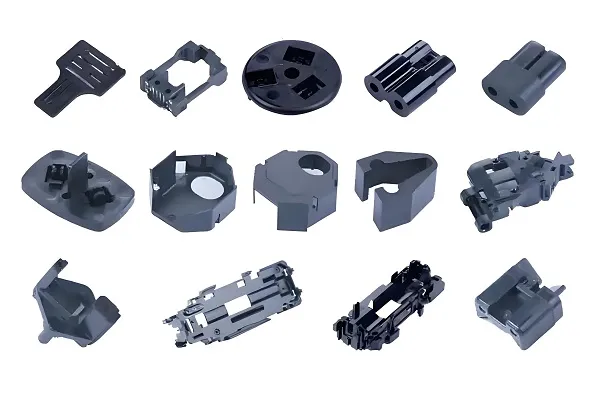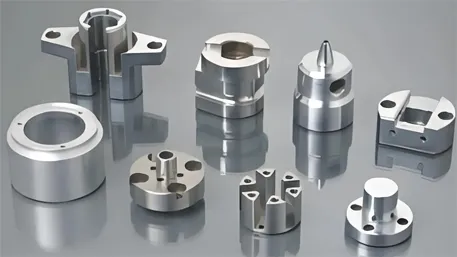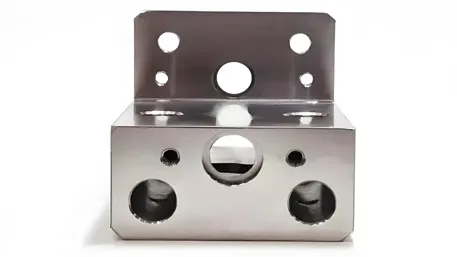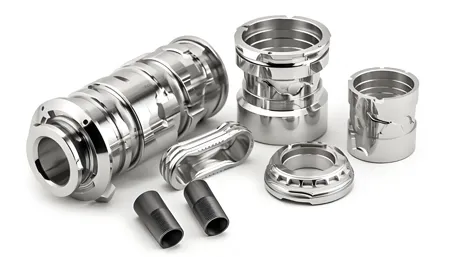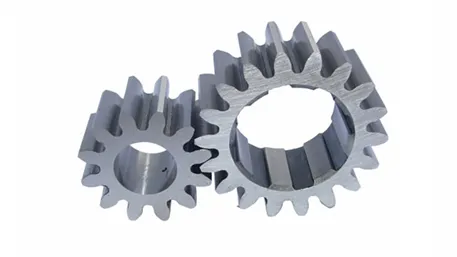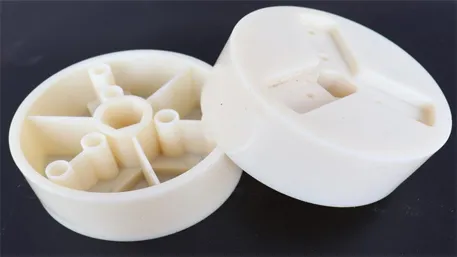Driven by the strong demand from industries such as new energy vehicles, high – end medical equipment, and consumer electronics, the technology for customizing plastic parts is undergoing profound changes. By integrating micro – foam molding, intelligent mold design, and the application of special materials, modern injection – molding processes not only achieve micron – level precision control but also shorten the production cycle by more than 30%. This article will deeply analyze the technological innovations and industry trends in the field of plastic part customization.
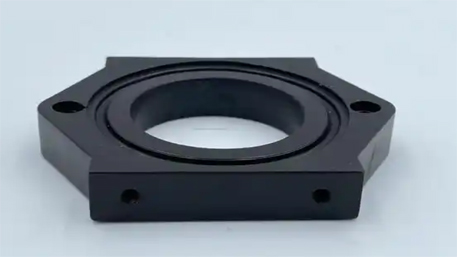
I. Micro – foam Injection Molding: A Dual Breakthrough in Lightweight and High Precision
The micro – foam injection – molding process forms a uniformly distributed microporous structure in the mold cavity through the uniform mixing of supercritical fluids (CO₂ or N₂) and molten resin. Compared with traditional processes, this technology offers the following core advantages:
The micro – foam injection – molding process forms a uniformly distributed microporous structure in the mold cavity through the uniform mixing of supercritical fluids (CO₂ or N₂) and molten resin. Compared with traditional processes, this technology offers the following core advantages:
- Enhanced Dimensional Accuracy: The part tolerance is controlled within the range of 0.01 – 0.001mm. In the case of a printer bracket, the tolerance is only 30μm, a 47% improvement compared to solid parts.
- Weight Reduction and Performance Optimization: Under the premise of maintaining structural strength, parts made of materials such as PBT and nylon can reduce their weight by 10%, and at the same time, the problem of internal stress concentration in traditional injection – molding is eliminated.
- Doubled Process Efficiency: By eliminating the packing stage and accelerating the filling speed, the molding cycle is shortened by 25%. The production cycle of an automotive connector housing is compressed to 45 seconds per piece.
II. Intelligent Mold Design: From Structural Innovation to Dynamic Regulation
- Breakthrough in Insulated Runner Technology
A three – layer insulated runner system developed by an enterprise in Hangzhou, through a composite structure of a vacuum chamber + an insulated ceramic sleeve + a partition chamber, controls the temperature fluctuation of PVC material during injection – molding within ±5℃, significantly reducing the risk of melt degradation. - Modular Mold Structure
A new two – stage barrel – forming component (Patent No. CN 221968775 U) features an upper – wide – lower – narrow design. This design reduces the injection pressure by 30% and increases the demolding efficiency by 60%, especially suitable for thin – walled products such as large – scale storage barrels. - Precise Parameter Control
Industry data shows that the combination of an optimized vent depth (0.015 – 0.03mm) and draft angle (0.5° – 2°) can reduce the flash occurrence rate of products by 90%. For semi – crystalline plastics (such as POM), the mold temperature needs to be strictly controlled between 80 – 120℃ to ensure that the shrinkage rate remains stable at 1.5% – 3.0%.
III. The Integration of Special Materials and Customized Processes
- Innovative Application of Engineering Plastics
Through mold – flow analysis to optimize the wall – thickness design, PEEK material achieves a forming accuracy of ±0.05mm in the medical device field. An enterprise has developed a high – temperature mold (temperature – resistant up to 350℃) and, combined with special injection – molding parameters, successfully increased the tensile strength of PEEK parts to 130MPa. - Material Selection and Cost Control
Through material database matching technology, a home – appliance project replaced the original PA66 material with glass – fiber – reinforced PP, reducing the cost by 22% while maintaining the stiffness requirements. Amorphous plastics (such as ABS), due to their good spray adhesion, are the preferred materials for appearance parts.
IV. Technical Practices of Industry Benchmarking Enterprises
- Breakthrough in Core Components
A specialized and sophisticated “little giant” enterprise in Zhejiang has developed a dual – barrel injection – compression process, breaking through the core technical bottleneck of super – large injection – molding machines (clamping force ≥ 5000 tons), extending the screw service life to 8000 hours, and achieving the self – controlled production of precision parts. - Full – process Customization Service
An enterprise in Changzhou has established an engineering plastic customization system. Through DFM analysis and mold – flow simulation, the new product development cycle has been compressed from 20 days to 7 days. The conformal cooling channel mold it developed increases the cooling efficiency by 40% and reduces the injection – molded part deformation rate by 65%.
V. Future Technological Evolution Directions
- AI – driven Design Optimization
Machine – learning algorithms can automatically predict the melt – flow front. After an enterprise applied this technology, the number of mold modifications was reduced by 60%, and the trial – mold pass rate increased to 94%. - Green Manufacturing Processes
Progress has been made in the development of injection – molding processes for bio – based biodegradable materials (such as PLA/PHA blends). Their heat – deformation temperature reaches 125℃, and the tensile strength is 18% higher than that of traditional materials. - Cloud – manufacturing Collaborative Platform
The industrial Internet platform enables cross – regional mold resource sharing. Through cloud – based collaboration in a multinational project, the design efficiency has been increased by 70%, and the equipment utilization rate has been increased to 89%.
Conclusion
Plastic part customization is shifting from experience – driven to data – driven and from single – manufacturing to ecological collaboration. With the deep integration of micro – foam technology, intelligent molds, and special materials, future injection – molding production will achieve a full – process closed – loop of “zero – defect design – intelligent scheduling – unmanned processing – automatic inspection”. Only by building a dual – wheel – driven system of technological innovation and digital transformation can enterprises take a leading position in the field of high – end manufacturing and provide solid support for strategic industries such as new energy and healthcare.
Plastic part customization is shifting from experience – driven to data – driven and from single – manufacturing to ecological collaboration. With the deep integration of micro – foam technology, intelligent molds, and special materials, future injection – molding production will achieve a full – process closed – loop of “zero – defect design – intelligent scheduling – unmanned processing – automatic inspection”. Only by building a dual – wheel – driven system of technological innovation and digital transformation can enterprises take a leading position in the field of high – end manufacturing and provide solid support for strategic industries such as new energy and healthcare.

